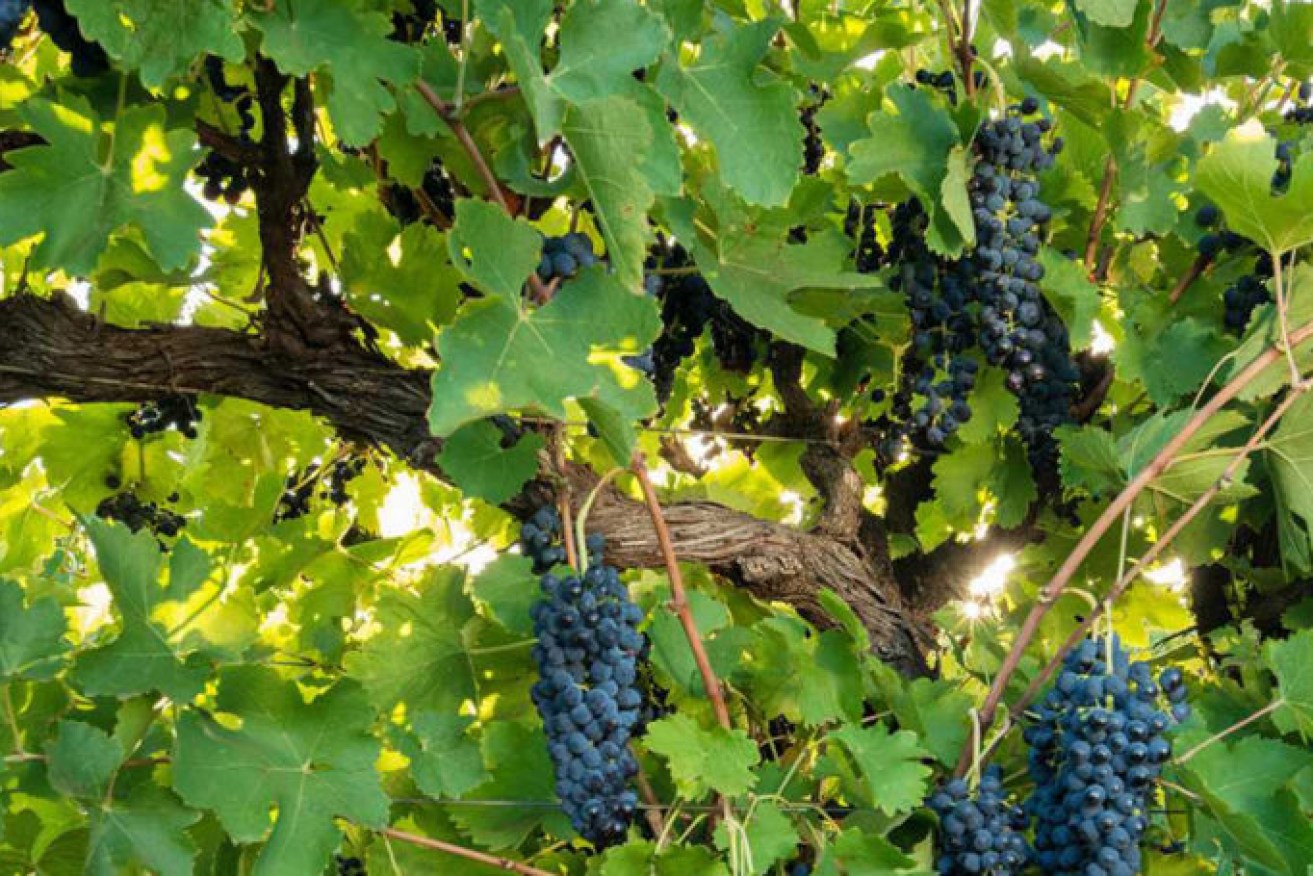Sparkling start to hot and dusty grape harvest
South Australia’s wine grape harvest has begun with early chardonnay grapes picked for sparkling wine in the Riverland.


Photo: Riverland Wine
Large volumes of white grapes are not expected to be picked until towards the end of the month in the Riverland, with red varieties to follow from mid-February.
Picking in the Clare and Barossa valleys is likely to begin in earnest in early February ahead of the more southerly regions such as McLaren Vale, Langhorne Creek, Adelaide Hills and Limestone Coast.
Hot and dry conditions have made for a tough growing season in many South Australian regions as growers work to ration precious water supplies.
Riverland Wine executive chair Chris Byrne said early indications pointed to a lower-than-average yield this year due to the hot and dry conditions and a hail storm that wiped out about 8000 tonnes of grapes in November.
“The reports coming in from the field are quite variable and I think they carry a fair bit of indication about who has water and who doesn’t have enough water,” he said.
“People are trying desperately to make ends meet by having enough water to grow enough crop to make it worthwhile.
“There will be less grapes because we know there has been less water and we’ve had some severe heat so it will definitely be a smaller crop than last year’s 474,000 tonnes, but you can’t place too much reliance on the first few tonnes that come in.”
Byrne said the quality of the grapes at his Loxton vineyard were “looking like they’ll be some of the best we’ve ever grown”.
However, he said the likelihood of heatwaves between now and when the last grapes were picked was a “big unknown”.
“If you get a run of days in the mid-40s then all sorts of things can happen in the vineyard. It requires a huge amount of diligence to keep the moisture at the right level and you have to be well prepared in advance.
“But the Riverland is the best at doing it because we’ve had so much practice and we’ve got by far the best irrigation infrastructure to deliver water to farms and most of them these days have got very good on-farm irrigation distribution and measurement systems.”
The Riverland typically grows about half of South Australia’s wine grapes and is responsible for 25 per cent of national production.
Riverland Wine has partnered with the University of Adelaide and Wine Australia on a $5 million project to develop a digital platform to help grape growers optimise irrigation.
The hot, dry season and a shortage of irrigation water also has the Barossa Valley on track to record below-average yields this vintage, while Adelaide Hills vignerons are waiting to see what impact smoke from last month’s Cudlee Creek bushfire could have on their grapes.
The December 20 Adelaide Hills fire burnt through 25,000ha of land and destroyed more than 70 homes, 400 out buildings and 200 vehicles.
A third of the region’s 3000ha of vineyards are within the fire scar, with about 500ha of vines across 60 vineyards sustaining direct fire damage.
The drier-than-average conditions and the fire impact will almost certainly result in a smaller harvest in the Adelaide Hills than last year’s return of 16,000 tonnes.
The fire has also prompted the Australian Wine Research Institute to embark on a smoke taint trial to help growers understand the effect of the fires on their grapes.
This article was first published on The Lead.




